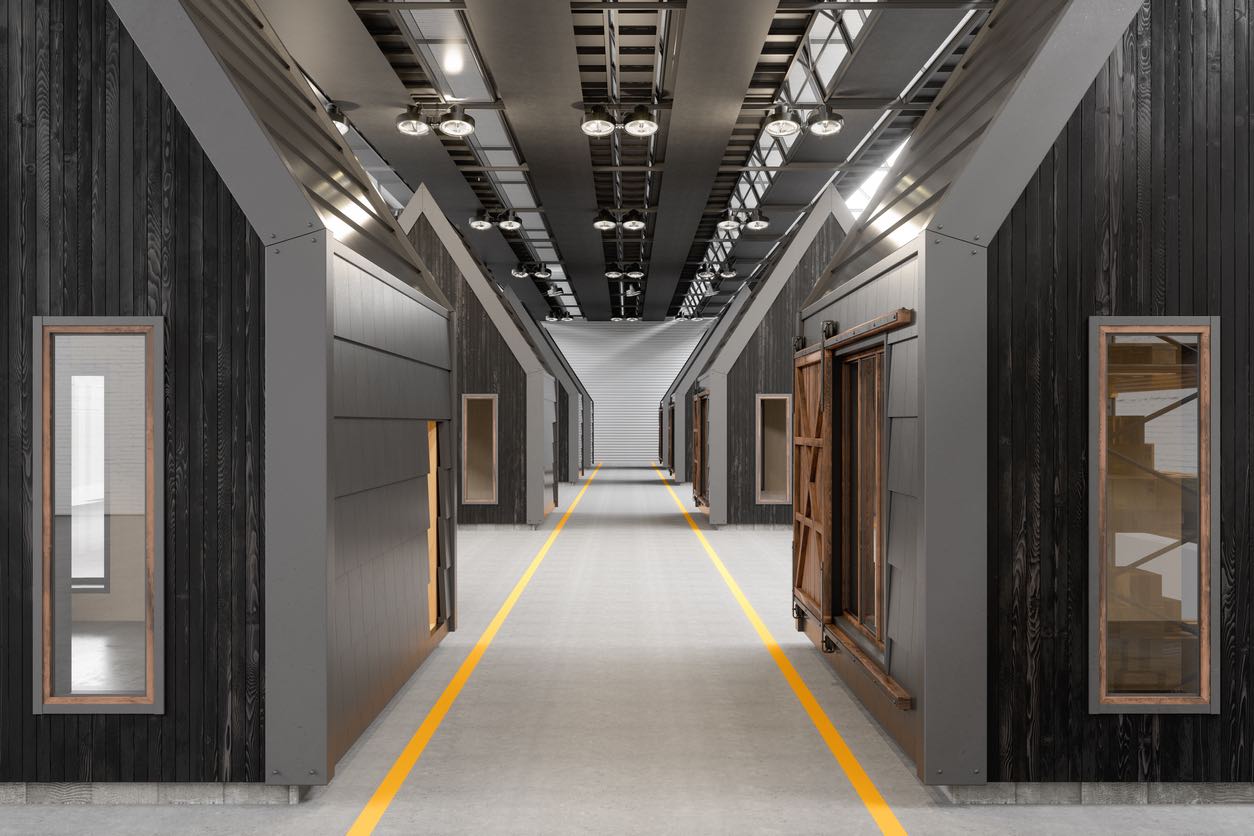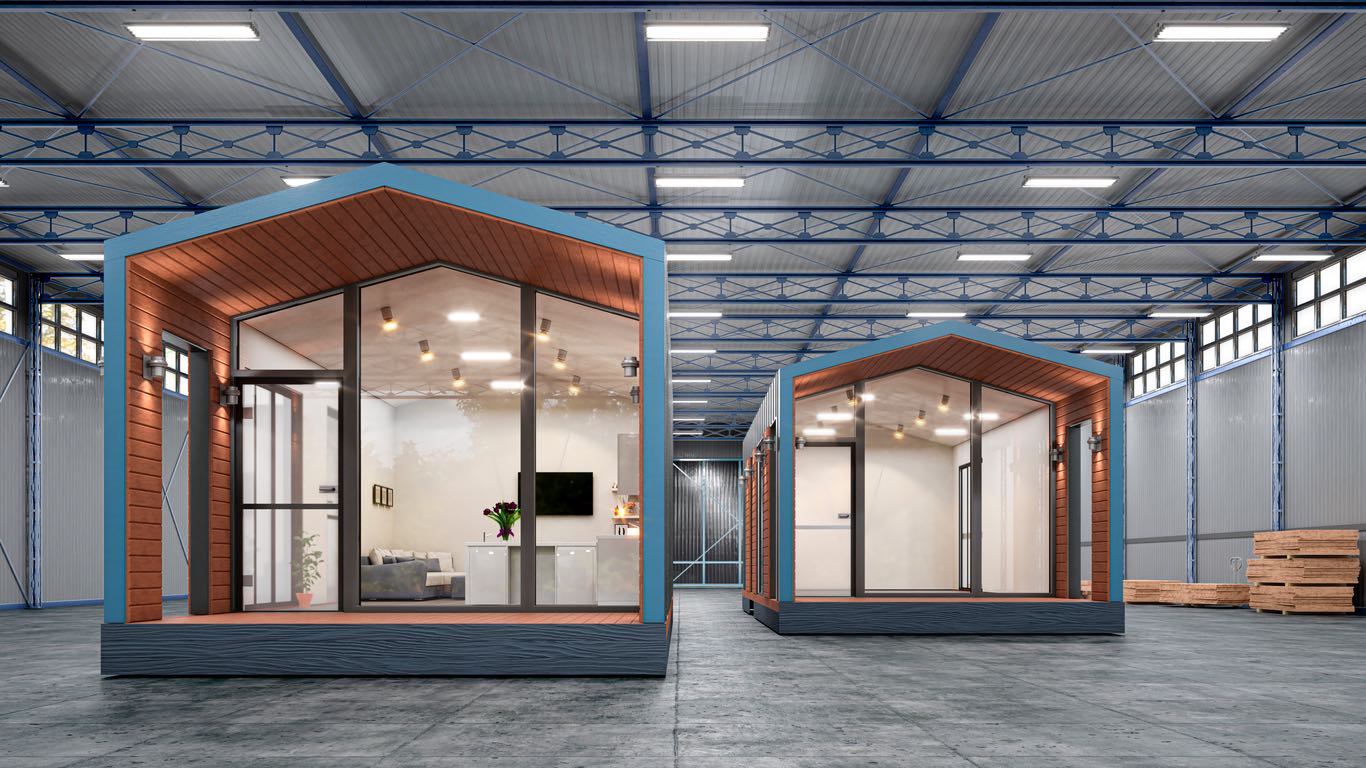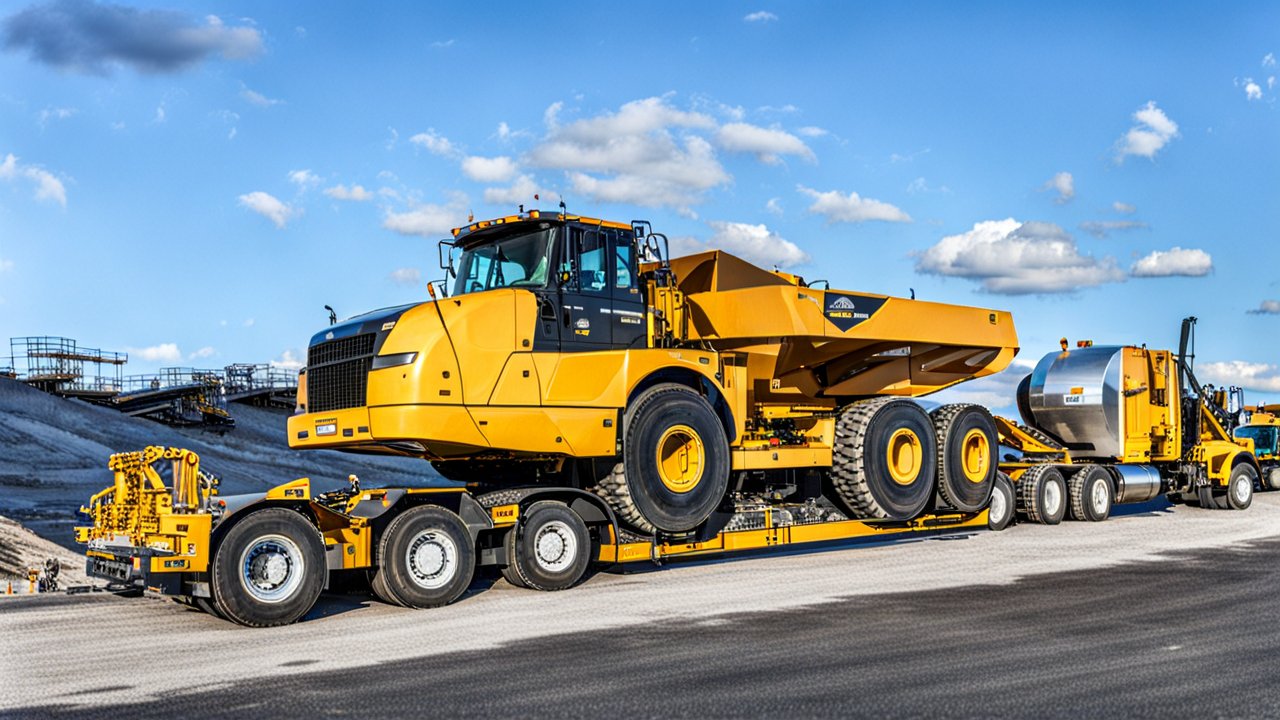Navigating the intricate process of shipping a modular or prefabricated building requires careful planning, coordination, and a deep understanding of logistical challenges. In an era where construction methods are rapidly evolving, modular and prefabricated buildings have emerged as innovative solutions offering efficiency, sustainability, and versatility. However, the journey from factory to site involves a series of crucial steps that demand attention to detail and a comprehensive grasp of transportation, regulations, and site readiness.
In this guide, we will provide essential considerations for successfully shipping modular or prefabricated buildings, offering insights into the logistical intricacies and preparation strategies that play a pivotal role in ensuring a seamless transition from concept to reality. Whether you’re a developer or construction professional, understanding the nuances of shipping modular structures will empower you to unlock the potential of this modern construction approach while avoiding potential pitfalls.

A prefabricated building, often referred to as a prefab building, is a structure that is constructed off-site in a controlled manufacturing environment using various materials and components. Shipping companies transport these components to the building site, where experts assemble them to create a complete building. Prefabricated buildings are efficient and cost-effective alternatives to traditional on-site construction methods.
Prefabrication involves the fabrication of various building elements, such as:
- Walls,
- Floors,
- Roofs,
- Ceilings
- Or the entire modules in a factory or workshop setting.
These elements are manufactured to specific standards and quality controls, ensuring consistent and precise construction. Prefabrication can result in faster construction times, reduced labor costs, minimized waste, and improved quality control compared to traditional construction methods.
Prefabricated buildings come in various styles, sizes, and purposes such as residential homes, office spaces, industrial facilities, and educational institutions.
It does not matter what type of modular building you want the shipping company to transfer since each requires proper handling from an experienced team.
Examples of Prefabricated Buildings
- Modular buildings: It is a type of construction whereby factories create an individual building, then have a shipping company transport them to the site to complete the final structure.
- Pre-cut buildings: Here, the company prepares different building components off-site to assemble them on the construction site. These buildings are helpful for small structures such as garages or sheds.
- Panelized buildings: Companies manufactures large wall, floor, and roof panels before delivering them to complete the building’s framework. People often use such structures if the construction process is a priority.
- Container buildings: Sometimes, people use shipping containers as habitable structures since they are easy to install and transport.

Depending on the size and distance of the shipment, you can choose various transportation methods, such as flatbed trucks, container ships, rail, or even airfreight for smaller components. Your preferred method will dictate the logistics and requirements for packaging and securing the modules. Most shipping companies transport these buildings using commercial trucks. These trucks can easily fit different trailers and helpful equipment in this transportation. These trucks use flatbed trailers or chassis during transportation.
It is possible to integrate the modular into the chassis with chassis, whereas flatbed trailers come in different dimensions suitable for different designs and sizes.
Cranes are an effective way of loading the buildings onto the trailer. Although the loading process is simple, it can also be dangerous; therefore, the workers should take extra caution to avoid accidents. There should be plenty of space to ensure no breakages and no one gets hurt. Additionally, the carriers’ staff should stay away when the crane hoists these builds on a trailer to avoid injuries if some modular components fall.

Find a company that first inspects the building, takes pictures, and properly packages the modular to prevent damage during transportation. Most use appropriate packaging materials such as foam, bubble wrap, and blankets to protect delicate components. Wrapping the building with a plastic covering provides an extra form of padding. These wraps also keep the structure clean and protect it from moisture.
Depending on local regulations, you may need to coordinate with authorities, such as state or provincial transportation departments. This ensures that you have the necessary permits and clearances for transporting oversized loads. It is also a crucial step when shipping these buildings to a remote location.
The unloading process begins once the components arrive at the destination. They need to be carefully unloaded and installed by professionals. Use appropriate machinery, such as cranes or forklifts, to lift and position the modules into place. Experts know how to properly follow the manufacturer’s instructions for proper installation depending on the laid foundation.

In essence, successfully shipping a modular or prefabricated building demands a combination of technical expertise, careful planning, and effective execution. It involves addressing key considerations such as securing the packaging, regulatory compliance, choosing the right shipping company, and working with experts at loading and unloading prefabricated buildings. With us, you will confidently navigate the complexities of shipping modular structures.




